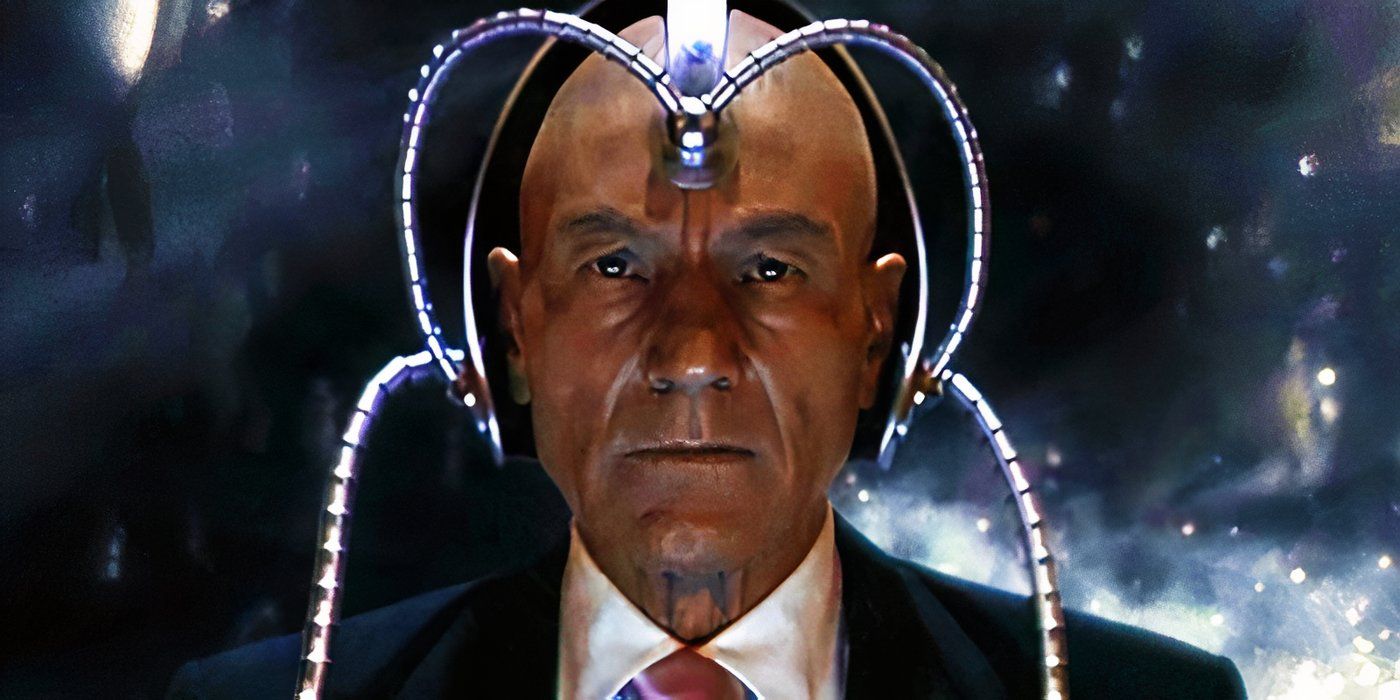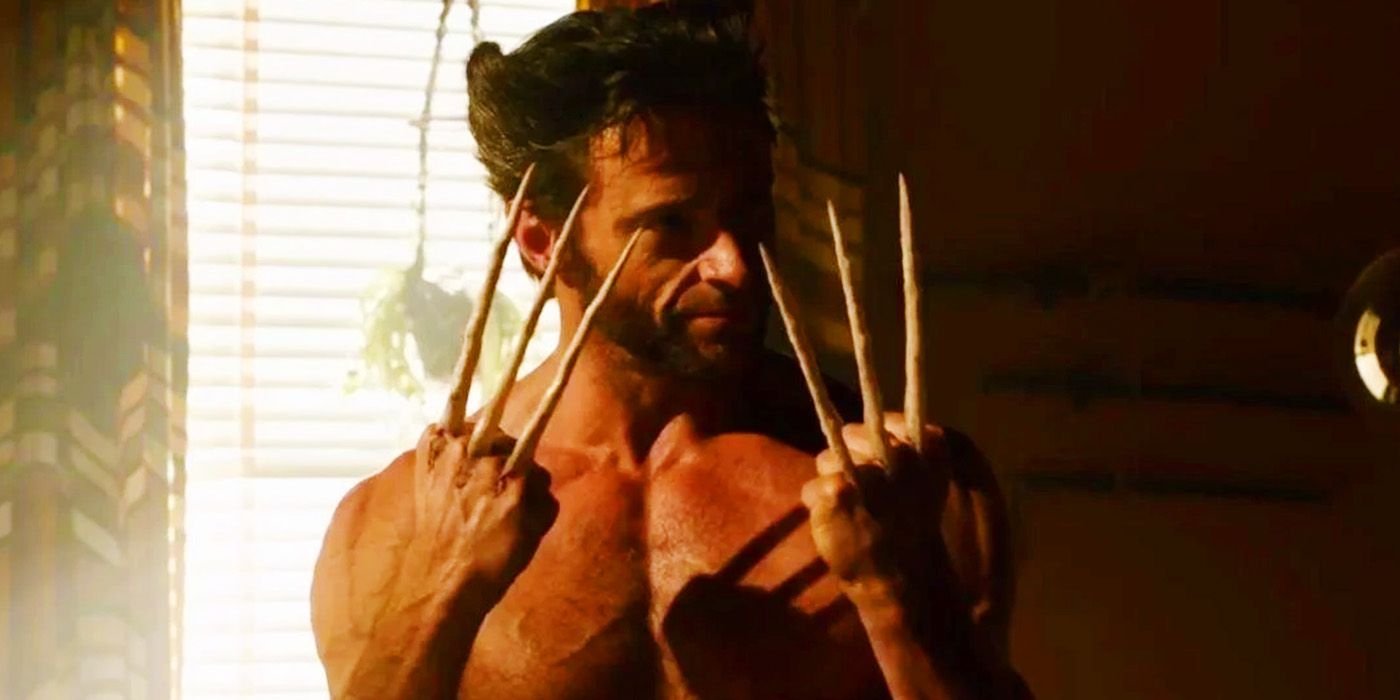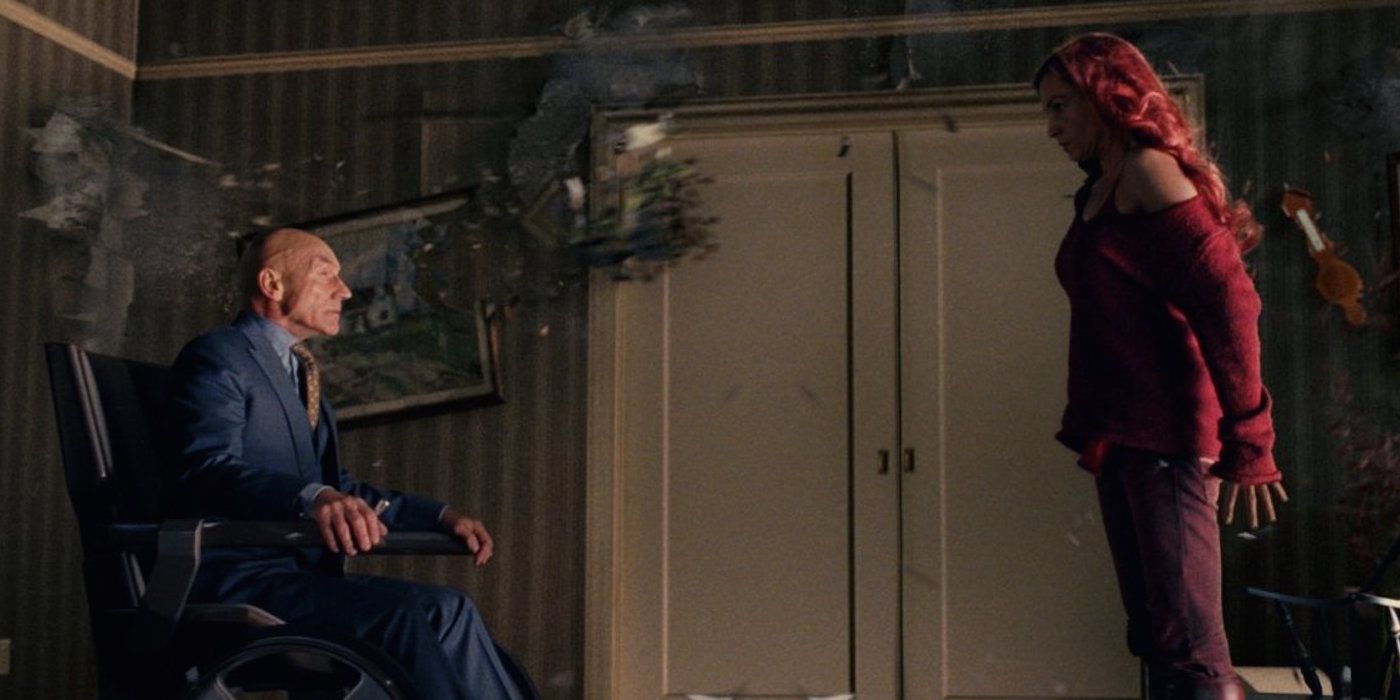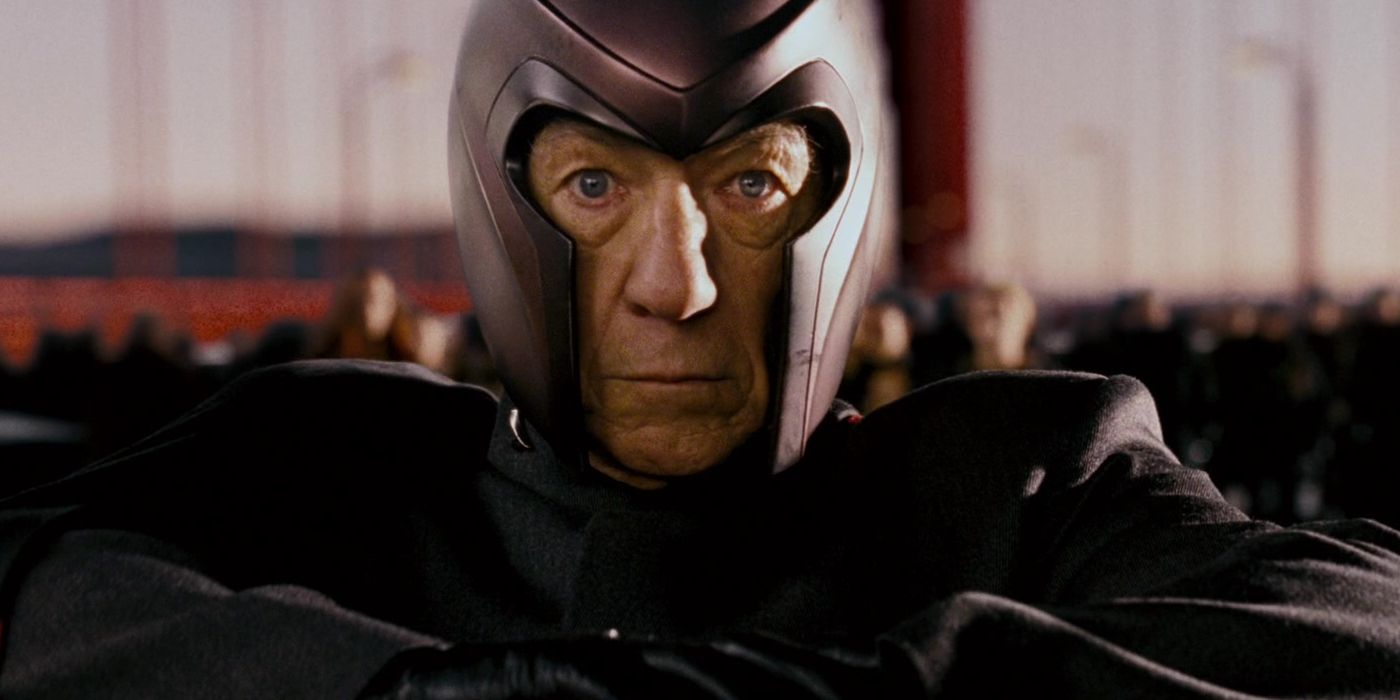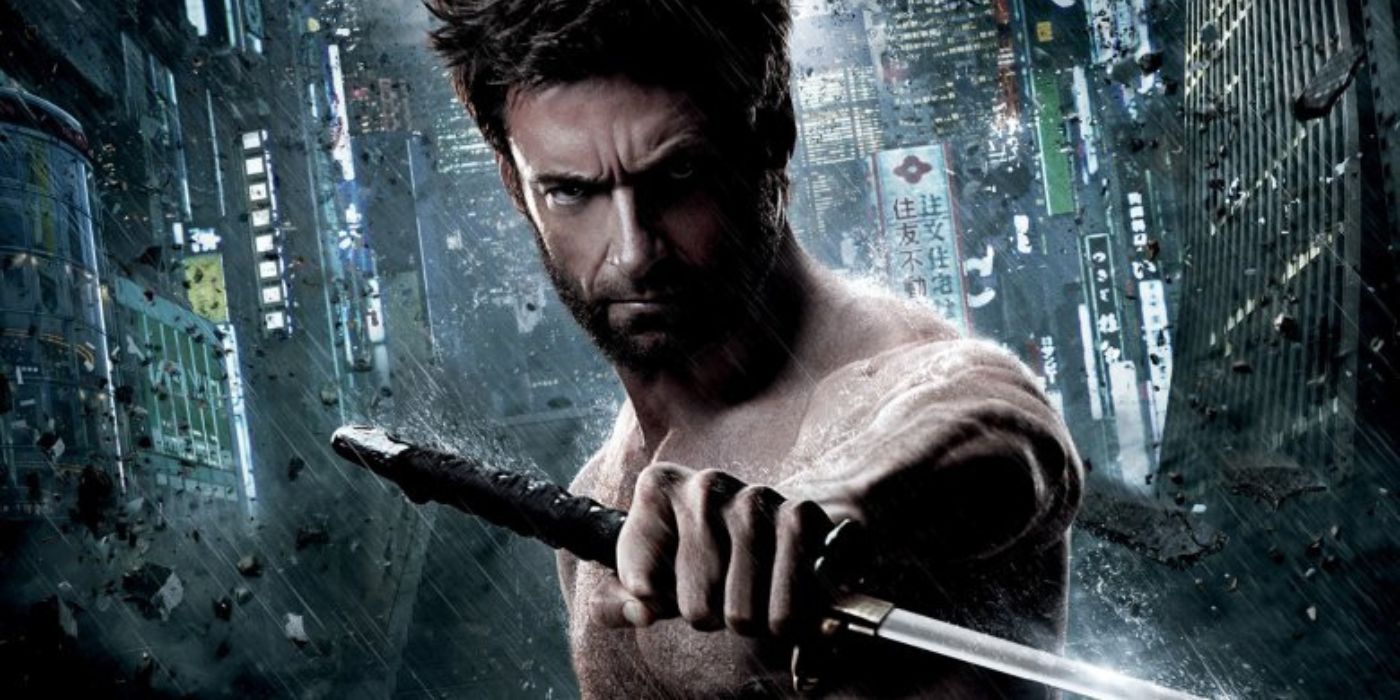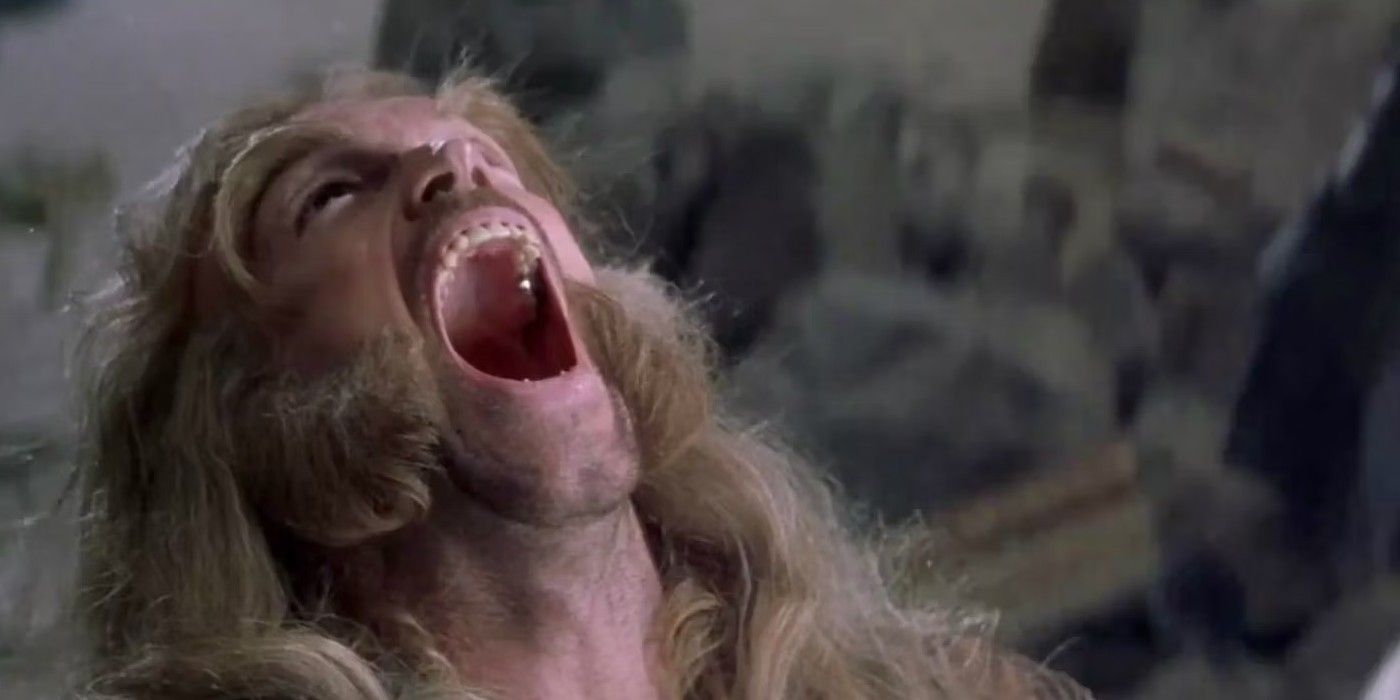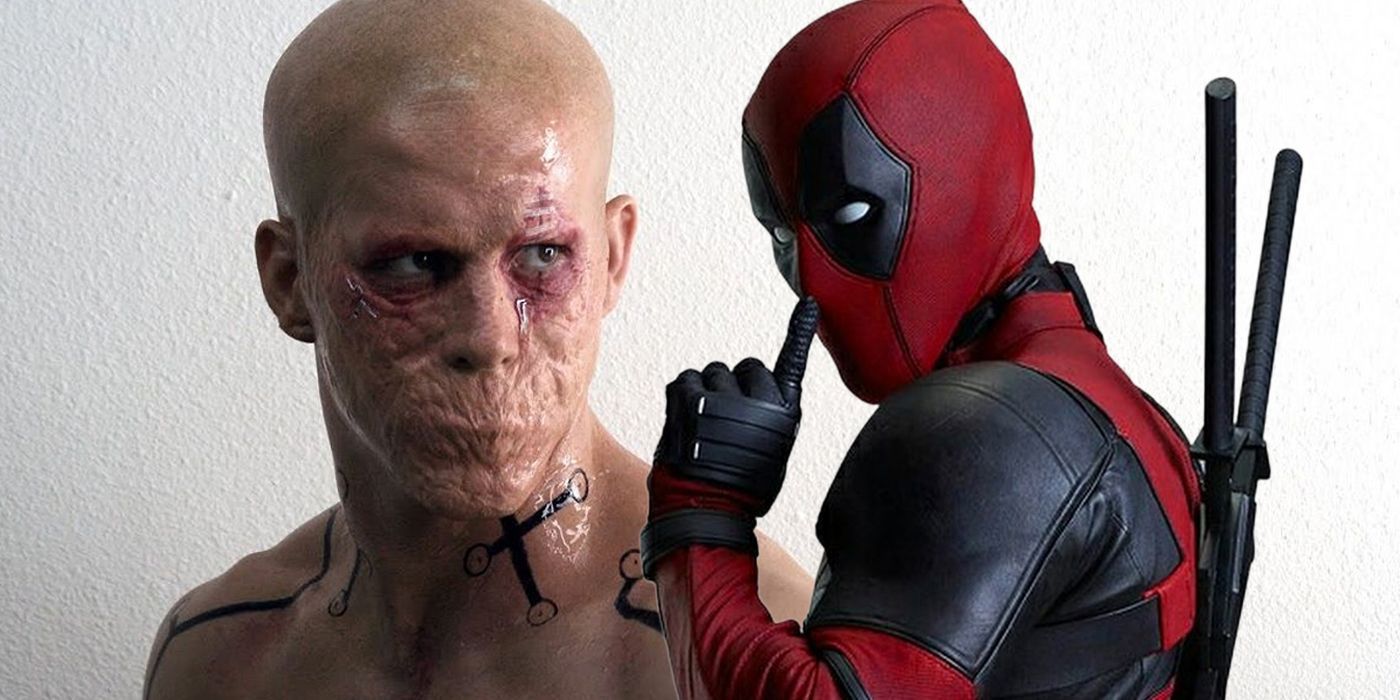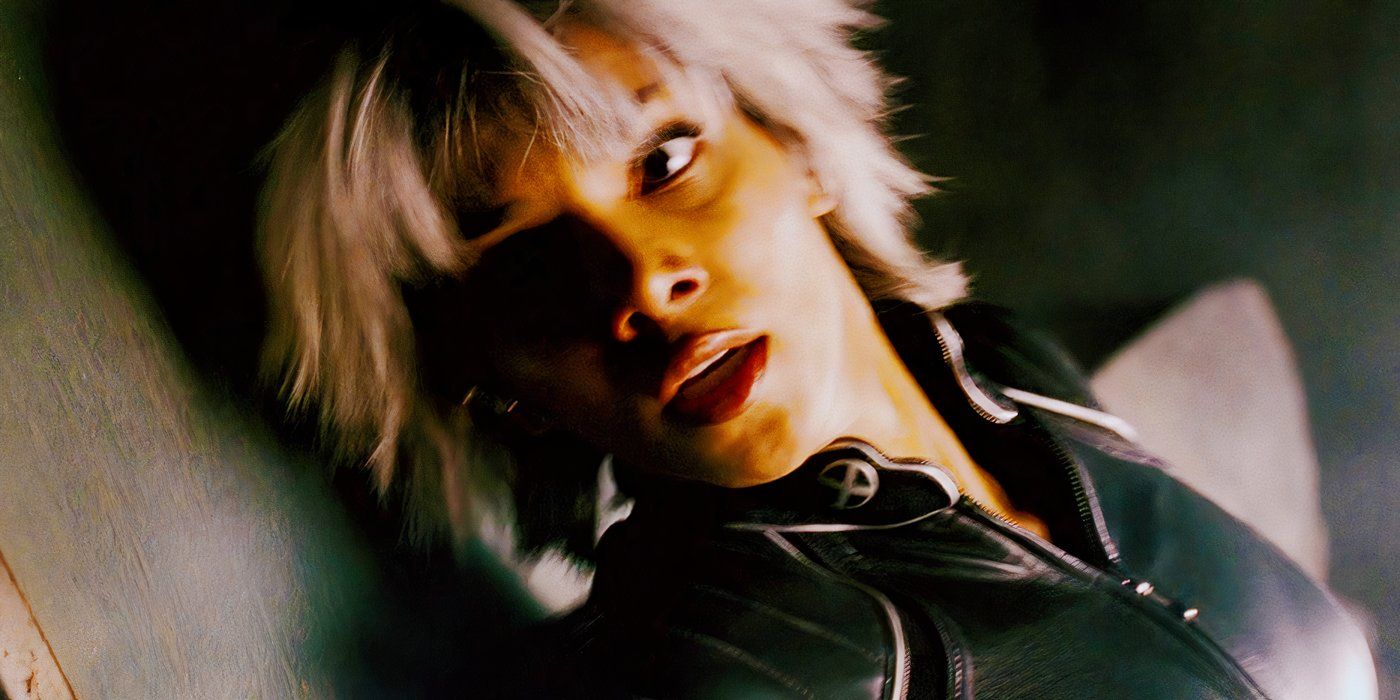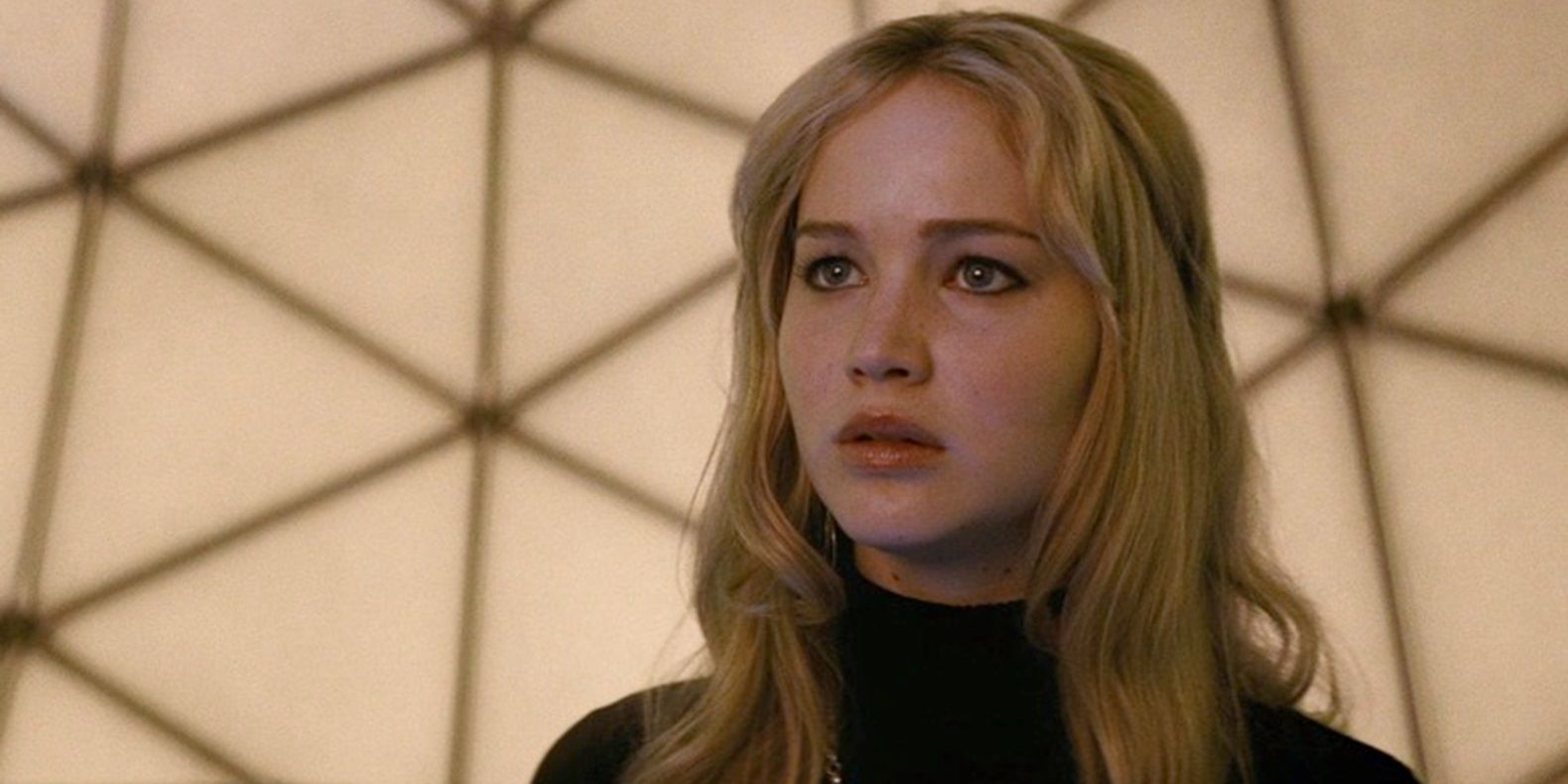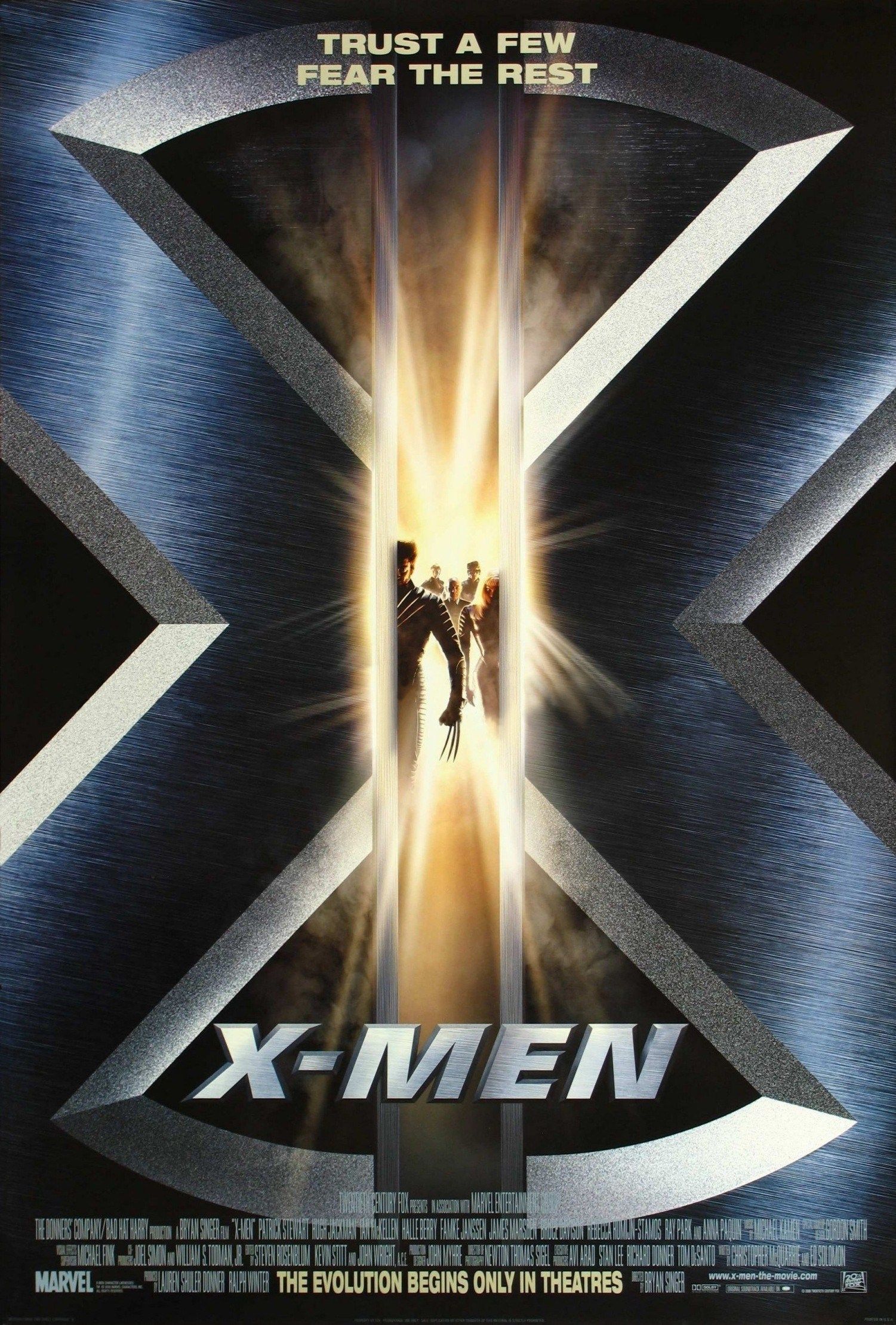Summary
- X-Men movies frequently contain timeline inconsistencies that often contradict each other, leading to confusing plot holes.
- Characters like Professor X, Magneto, and Wolverine experience unresolved changes, such as survival from fatal incidents or inconsistencies in their powers.
- The relationships between characters, like Charles and Raven, are muddled between the prequels and the original trilogy, posing issues of continuity and character depth.
The Fox X-Men universe was thrilling, but there is no getting around the fact that the entire timeline and universe was a huge mess of inconsistencies. In 2000, the first X-Men movie was released in theaters, and it introduced the incredible heroes who’ve existed in comics since the 1960s. The stories follow a group of humans with mutations who find themselves pushed out of normal society, with some mutants working hard to prove their humanity and ability to integrate, while others choose to lean into their evolution and place themselves above humans.
Since the first movie came out in 2000, there have been 13 movies featuring the characters. This includes the original trilogy, the Wolverine trilogy, the prequel movies which began with X-Men: First Class, and The New Mutants. However, while all these movies were meant to exist in one universe, the timelines are incredibly muddled. Even in the Wolverine trilogy alone, there are inconsistencies from one movie to the next. X-Men: Days of Future Past went part of the way to trying to correct these discrepancies, but even that doesn’t fix some of the larger problems.
Related
10 Great X-Men Movie Quotes Nobody Talks About
While many X-Men movie quotes have endured as classic pieces of Marvel movie dialogue, others have been unduly forgotten despite their potency.
10 Who Built Cerebro?
One of the most impressive machines to exist within the world of the X-Men, Cerebro is a device which allows telepathic mutants to amplify their powers and detect other mutants located around the world. This incredible machine appears in the original trilogy and is used by Charles Xavier to locate other mutants. While explaining what the machine is, he also makes mention of the fact that he and his former friend, Erik Lehnsherr worked together to build the machine.
However, in the prequel movies, this same device is introduced in X-Men: First Class as a machine designed by Hank McCoy. Even if the machine which appears in the prequel is different to the original trilogy, and both were built by seperate teams, it’s odd that Charles and Erik would choose to build another Cerebro device without any help from McCoy, or attribute the original idea to McCoy if it was his idea first.
9 When Did Logan Get His Adamantium Claws Back?
However, while the original and the prequel movies have some clear discrepancies that come up over the course of the films, the Wolverine trilogy is even more convoluted. X-Men Origins: Wolverine, The Wolverine, and Logan all appear to be set in drastically different time periods, with major changes between each. For instance, Logan’s adamantium skeleton and claws present issues between the movies.
At the end of The Wolverine, Logan has his claws brutally chopped off. He then regrows the bone claws he originally had in X-Men Origins before the Weapon X program. Then, years later in Logan, he has his metal claws back. The thing is, adamantium is incredibly rare, and the process of bonding Logan’s skeleton with the metal was extremely painful. Somehow, he manages to get more adamantium and bond it to his skeleton claws after The Wolverine, but how, and when is never made clear.
2:42
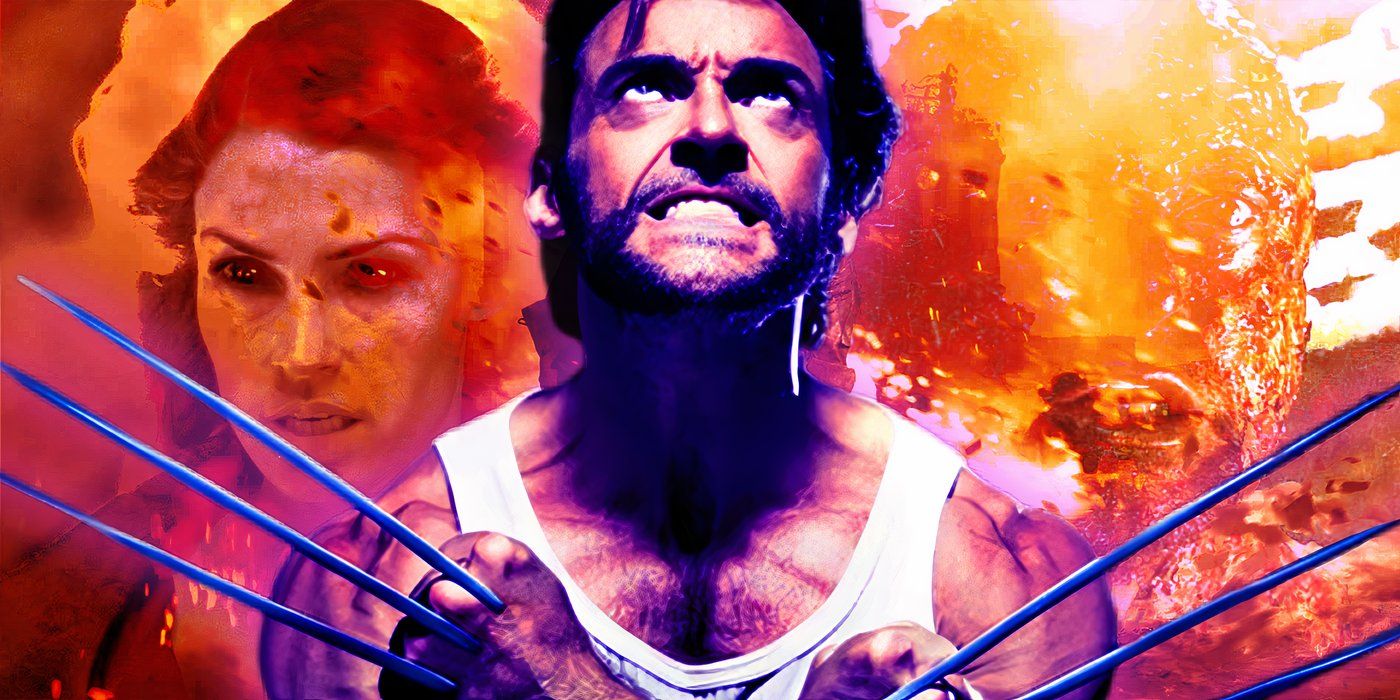
Related
The Most Brutal Events Wolverine Has Survived in Fox’s X-Men Franchise
Today at Screen Rant, we count down some particularly brutal events that Wolverine has endured even when the threat level was extreme.
8 How Professor X Survived The Phoenix
X-Men: The Last Stand was one of the most explosive and destructive films within the world of the X-Men, and it ended with some tragic deaths of beloved characters. However, earlier in the movie, Xavier meets his end at the hands of Jean Grey, when she loses control of her body to the Phoenix persona that resides within her. Not only does Professor X die, but he is utterly obliterated by the Phoenix as his body evaporates into tiny particles.
Up to the moment of his death, he continues trying to bring Jean back to the surface, but somehow also manages to transfer his consciousness out of his body. Even if this was possible, and he managed to move to a new body, how did Professor X look exactly the same when he appears in movies like Days of Future Past, and if he has the ability to morph and change bodies with his psychic powers, couldn’t he have restored his legs’ ability to walk?
7 Magneto Beats The Mutant Cure
In a similarly unexplained way, Xavier’s former friend, Erik, aka Magneto, is forced to take the mutant cure at the end of The Last Stand. This cure was taken by other mutants who hoped to get rid of their powers permanently, and for many it worked. However, when Erik appears at the end of the movie, he begins to show signs of already getting his powers back.
This scene isn’t particularly long after he was given the cure, which affected other mutants permanently. However, he somehow manages to start bringing his gift back. Then, when he appears after these events in Days of Future Past, his powers appear to be back to their full extent. Does he bring his powers back through sheer will alone? It is never made clear and it creates an odd problem for the supposed cure.
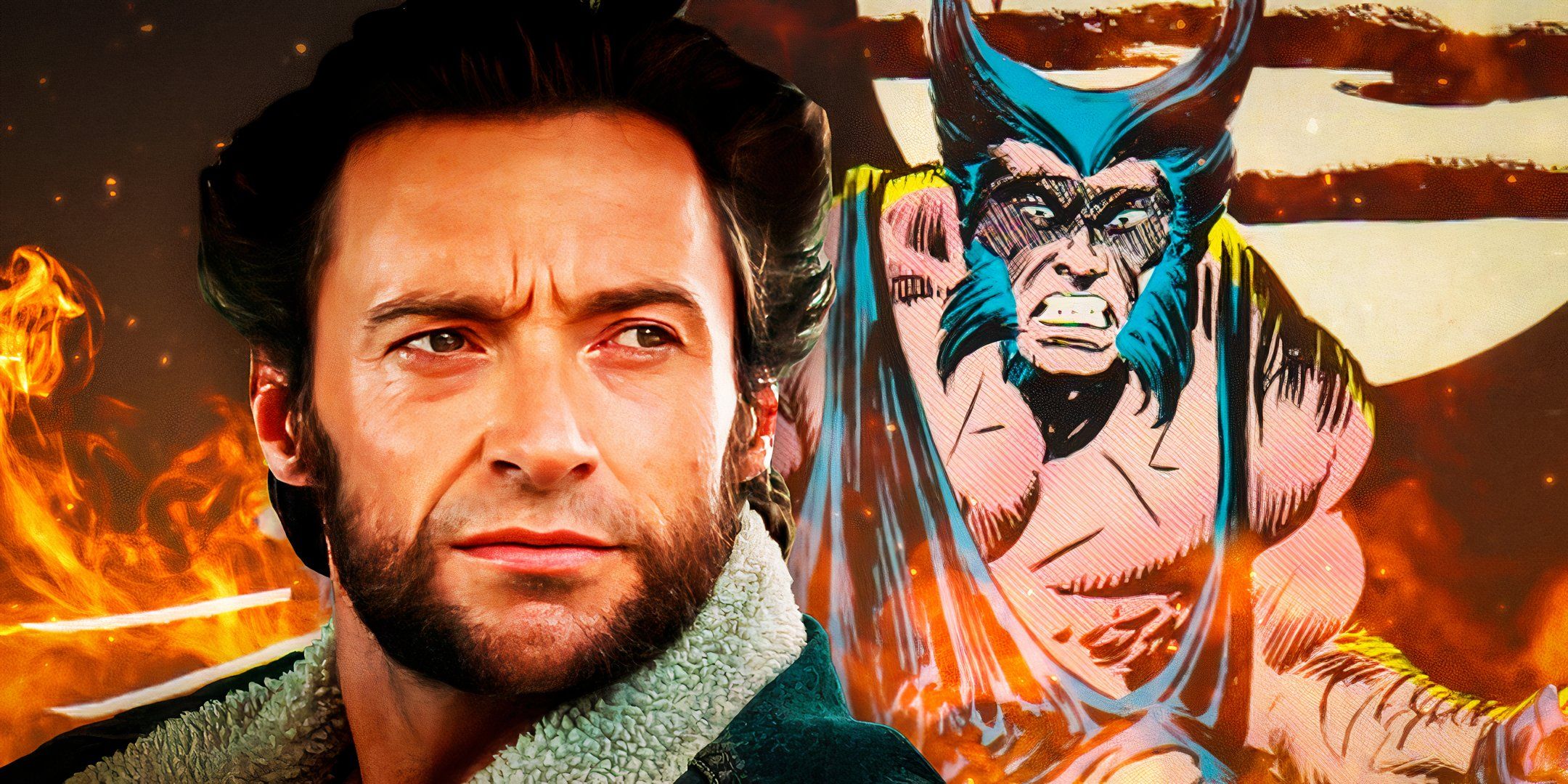
Related
10 Wolverine Movie Scenes Taken Straight From The Comics
Many scenes from across the Wolverine trilogy were inspired by specific Marvel Comics storylines and panels that explore Logan’s mysterious history.
6 Logan’s Memories
In the original trilogy, Logan has lost most of his memories due to a bullet wound which severed a crucial part of his brain. This means that he struggles to uncover details of his past, or recall anything about his extensively long life. However, The Wolverine creates an interesting problem when Logan is able to recall parts of his life around WWII.
Despite this, in X-Men Origins, Logan is told specifically that while his brain cells may grow back, his memories never will. It is unclear how exactly Logan remembers WWII and specific people and places from his life before, but according to the in-universe lore, it doesn’t make much sense. It led to a somewhat exciting story, but it certainly didn’t make things clearer when it comes to how Logan’s memories came back.
5 Beast’s Serum To Restore His Human Form
Beast is one of the most intelligent and impressive mutants in the entire X-Men franchise. He is an exceptional spokesman who was able to secure a position in the government, and possesses a great deal of knowledge about mutants. He is also a great scientist and engineer capable of creating all sorts of wonderful devices, such as Cerebro, and chemicals.
In the prequel films, a young Hank McCoy, having recently undergone a complete transformation into the large blue Beast form, is desperate to find a cure to resolve his physical mutation. And, he manages to do just that within a relatively short timeframe. However, in the original films, where McCoy is much older, he has no way to restore his human form. It’s unclear how it was possible, and McCoy even cracked the code, only to then have it snatched away and made impossible later.
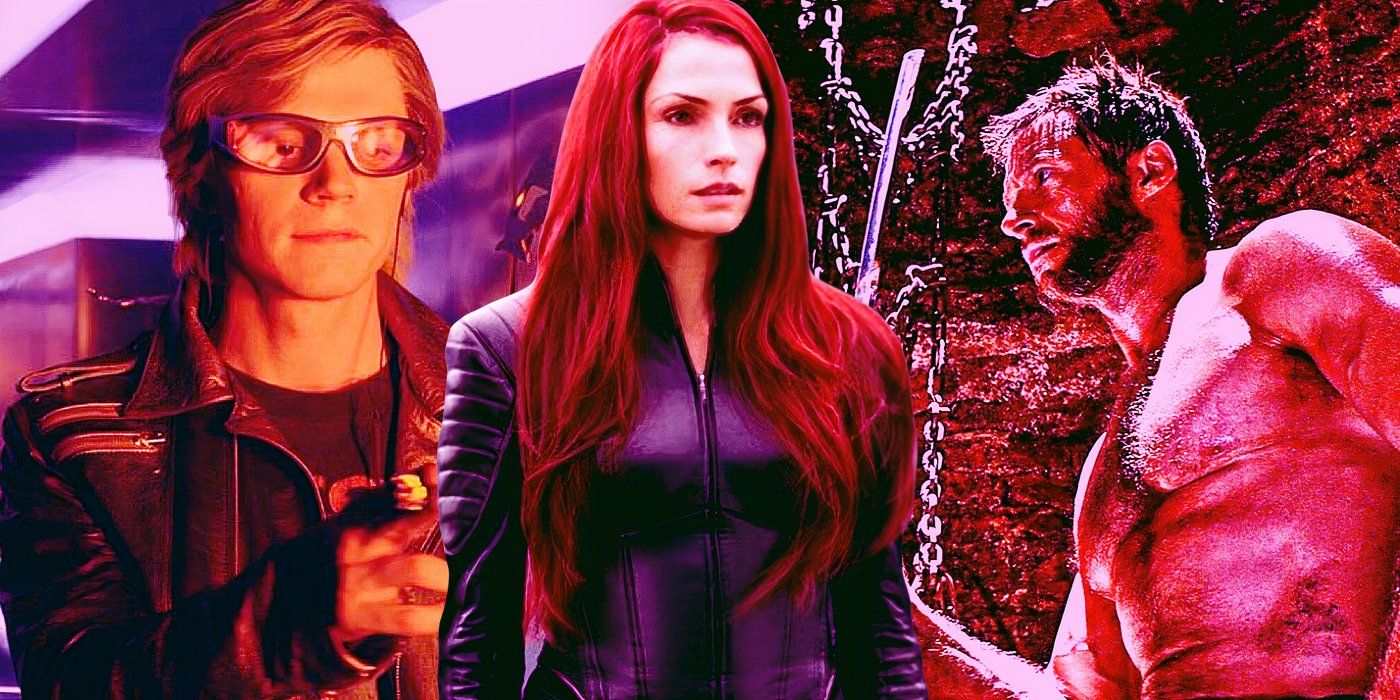
Related
10 Amazing Costume & Prop Details From The X-Men Movies You Never Noticed
The X-Men franchise is notable for its incredibly intricate prop and costume details that reference the franchise’s history and characters.
4 Multiple Sabretooth
X-Men Origins reveals a great deal about the early life of Logan, formerly James Howlett, and how he came to understand his mutant powers before his life and memory were forever altered. In this movie, he is joined by his half brother, who possesses a similar mutation. Liev Schreiber plays this version of Sabretooth, and his physical appearance appears largely unaltered by his mutation. However, the brothers fall out in the film and begin a decades-long rivalry.
In the first X-Men movie, Logan has lost his memories, so it makes some sense that he doesn’t recognize a very different version of Sabretooth, but why doesn’t Sabretooth remember him? In addition, the character appears far more animalistic, much larger, and more imposing than the earlier version, with a new actor, Tyler Mane, filling the role. The differences are unclear, but it would be a wild coincidence for there to be two different characters named Sabretooth, with similar powers, who are distinctly different people.
3 Different Deadpools
However, Sabretooth is not the only character to have multiple iterations across the X-Men movies. Another character who appears in several movies, with very different versions is Deadpool. However, both iterations are played by the same actor, Ryan Reynolds. In X-Men Origins, the original Wade Wilson has mutant powers before undergoing an experiment that gives him a powerful healing factor and several other powers.
In the Deadpool movies, Wade is a highly skilled assassin, but his mutant gene remains dormant until he falls ill, and undergoes extreme experimental treatments to activate his powers. Following the transformation, both characters continue to have more differences in their powers and characterizations. Origins version can shoot lasers from his eyes and teleport, but his mouth has been sewn shut. In Deadpool, the character is considerably less powerful, but he lives up to the Merc with the Mouth moniker.
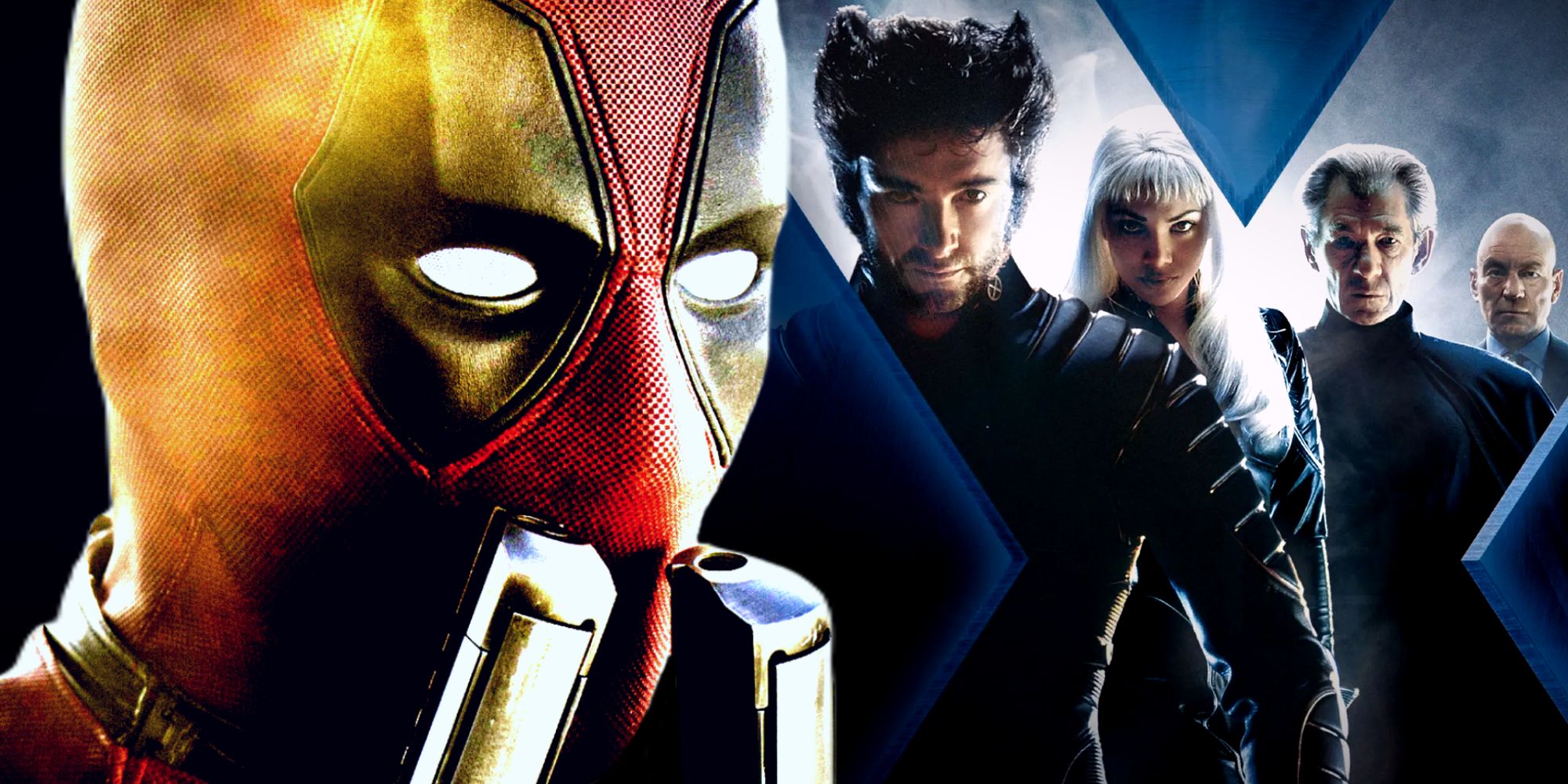
Related
Kevin Feige’s X-Men Comments Could Support An Unexpected MCU Theory
Deadpool & Wolverine may not only revisit Fox’s X-Men movie characters, but also tie directly into the creation of the MCU’s own mutants.
2 Mutants In Politics
In X-Men, the topic of mutants is a huge hot button issue for the people of the time, with a new Mutant Registration Act being enacted to protect non-mutants from the mysterious and powerful mutants. However, according to the prequel films, the government has been aware of mutants for approximately 40 years by the time X-Men is covering in the 2000s. The government is no less fearful in the 1960s than it was in the 2000s, but it only becomes a talking point decades later.
Likewise, development of a cure, allowing mutants like Jean Grey to speak to government bodies, or Beast to become an active member in politics all occur within a short space after the Registration Act. This doesn’t really make sense with the timeline as it’s presented in the prequels. Somehow, it seems that the government put the mutant issue to rest for about 40 years until it felt prepared to handle the subject, and then, when it finally did, it was woefully underprepared.
1 The Relationship Between Charles And Raven
One of the most confusing retcons to the X-Men franchise when the prequels were released was the relationship between Charles Xavier and Raven Darkholme. As a child, Raven ran from home and broke in the Xavier mansion, where she met a young Charles Xavier. Charles recognized her as a mutant thanks to his telepathic abilities, and the pair formed a fast friendship. Charles and Raven became foster siblings, with Raven growing up alongside Charles as seen in X-Men: First Class.
However, despite the prequels revealing Mystique turning away from Charles and joining forces with Magneto, the pair appear to have no familiarity ro recognition of each other in the original trilogy. They grew up as siblings, arguably a much closer bond than the one Charles eventually formed with his old friend Erik, but they don’t acknowledge each other in the original movies. This is a sharp contrast to their earlier relationship and affection for each other, and just another inconsistency from the X-Men movies that makes no sense.

